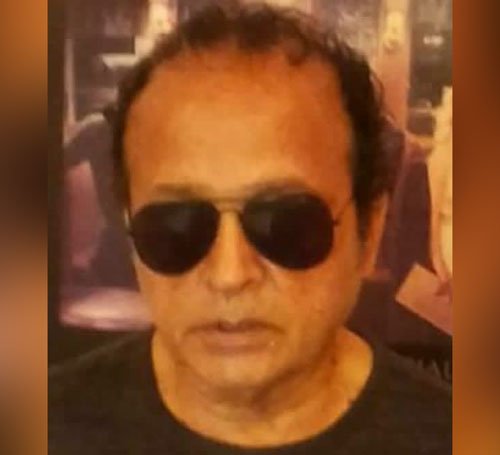Dear Editor,
So the Ramayana enters the corridors of parliament and to make the moment less surreal, more melodramatic, both sides – the good and the evil – were equally represented.
In casting heroes(ines) and villains in the movies, both Hollywood and Bollywood chose stereotypical characters to play such roles: Pran and Lalita Pawar were the preferred villains of Bollywood and Jack Palance and Joan Crawford were Hollywood’s evil incarnations.
As in the movies, in real life heroes and villains seem to naturally find their roles. Show me your friends and I’ll tell you who you are, and birds of a feather flock together are proverbs that hit the nail on the head. Thus, the PNM is the party whose leader scathingly referred to Indians as a hostile and recalcitrant minority and their schools as cow sheds. In that context, Indians concluded that the PNM was the party of their enemies who in the Ramayana would be Rakshasas (demons) and whose leader would be Ravana a (demon king) and a modern day equivalent.
While Senator Sagramsingh boasted that for 15 years she narrated the Ramayana for the Ramleela celebration, the question for her is didn’t she at any time hear from the grapevine that the burning of Rawana was seen by both Indo and Afro-Trinis as the destruction of the PNM leader, their god? And if she, as an Indian woman and a “devout” Hindu chose to identify with those whom her Indian community regarded as Rakshasas, didn’t that make her one of them, a Rakshasi, a local Shurpanakha, and thus the most inappropriate person to reference Rama in her speech when technically she betrayed her people like Judas did for a mess of pottage?
Senator Lutchmedial has the moral high road here to stand upon, although, irony upon ironies, her leader’s image I find very reminiscent of Lalita Pawar’s, what with her sly-fox look. So, while Rama’s people look like the villainous Pawar, Ms. Rakshini Renuka hypocritically claims closer affiliation with Rama confirming the adage, “O what a tangled web we weave when first we begin to deceive.”
L. Siddhartha Orie
